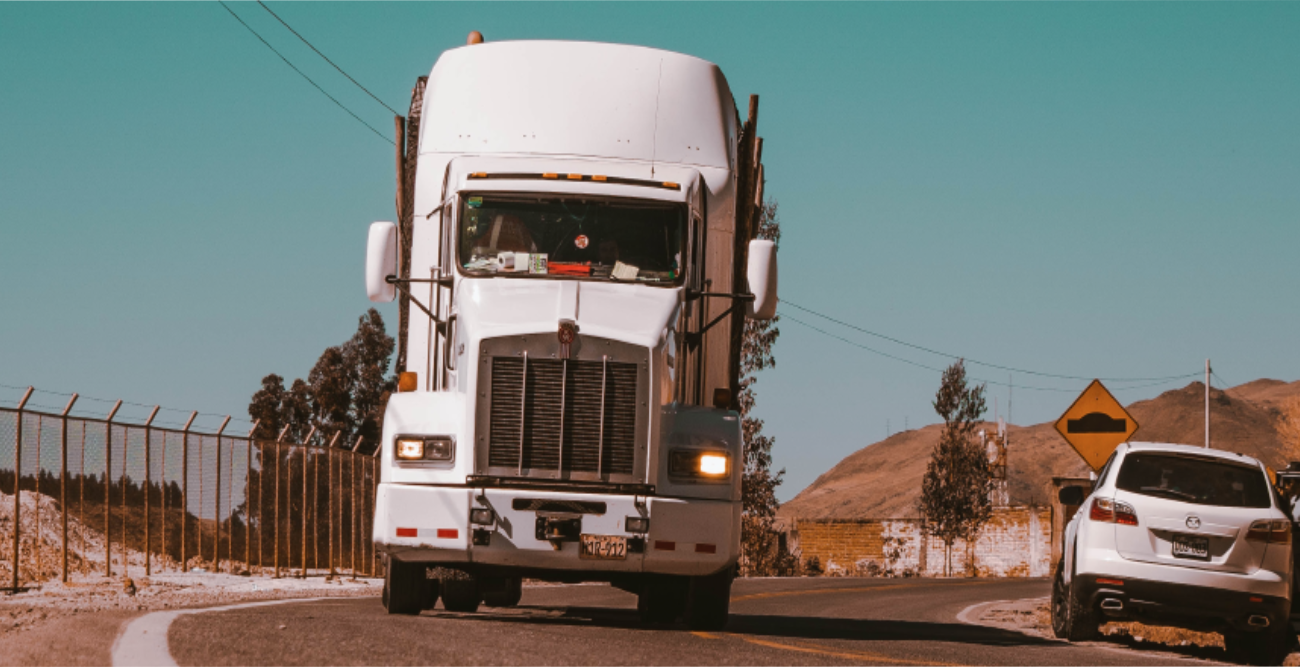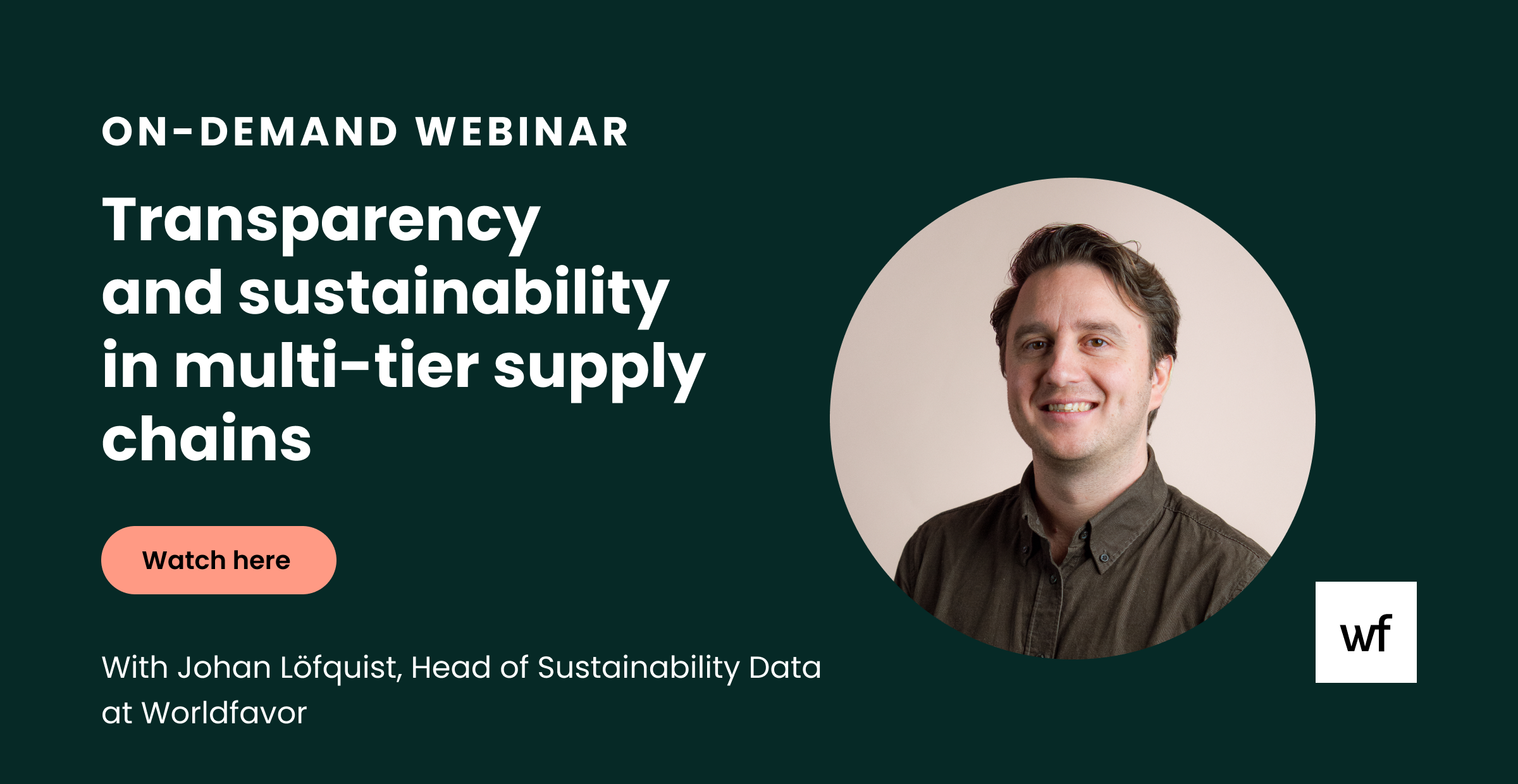Sustainable sourcing: risks, focus areas, and supplier assessment

Integrating environmental, ethical and social metrics into sourcing and procurement will help you build a strong supply chain with long-term relationships with your suppliers. In this post, we look at how to define focus areas, and how to ensure supply chain sustainability.
Have you ever established a relationship with a supplier, only to realize later that you'd made the wrong choice? Did you find a supplier that offered good prices, but later realized that the materials sent were not of the best quality or that payment terms were unacceptably short? Mismatches like these between your needs and the offerings of your suppliers can mean added costs, deliver delays, and even damage your organization's reputation.
What is supply chain risk?
Supply chain risk refers to any incident or failures associated with a company’s inbound supply from individual suppliers or the supply market. The outcomes result in the inability for the company to meet customer demand or cause threats to customer life and safety. Risk comes from many areas, including natural disasters, bankruptcy, theft, damage, data breaches or pandemics.
What risks of sustainable sourcing are involved?
Over 75% of companies surveyed by Inbound Logistics magazine reported at least one supply chain disruption in the previous 12 months.
Companies must develop plans to prepare for, and help reduce, the impact disruptions can have on their bottom line. But, where to start? Let’s look first at what you should be focussing on, and then how to choose the right suppliers to minimize risk of sustainable sourcing.
Learn more: 5 tips for boosting supply chain sustainability
Focus on achieving sustainability in specific categories
Different companies and sectors will have different focus when it comes to risks of sustainable sourcing. For example, a fast food chain like McDonalds (or Max, the most profitable restaurant in Sweden outperforming both McDonald's and Burger King) will most likely want to measure environmental, ethical and social initiatives relating to the quality of the ingredients it buys and the well-being of the people working along the supply chain.
Global nonprofit Business for Social Responsibility™ (BSR™) develops sustainable business strategies and solutions for more than 250 member companies. Here, managing director Tara Norton lays out her vision of sustainable sourcing: “Across industries, BSR is seeing an evolution from a broad-based sustainable sourcing approach toward efforts that are focused on achieving sustainability for specific categories. There are several tools and examples to help companies to find focus.”
She goes on to share links to tools such as the UN Global Compact’s Guide to Traceability, and BSR’s own Center for Sustainable Procurement, both of which provide useful insights into ways of identifying and measuring categories that are relevant to your business or sector.
One example of this is FMCG giant Unilever, which echoes Tana’s train of thought and also goes one step further with its five main strands of sustainable sourcing. All five involve the company working in partnership with others towards transforming global food systems. This includes collaborating with suppliers, farmers, NGOs, and local government, as well as working with other businesses in the sector. They are:
- Sustainably sourcing to the highest standards from its global network of suppliers
- Driving change through continuous improvement policies with Unilever suppliers
- Raising awareness of sustainable sourcing among its consumers
- Playing a leading role in the transformation of agricultural sectors relevant to its business, particularly sustainable tea and palm oil
- Protecting biodiversity
Make an assessment of how you can put all this into practice to build a strong supply chain with long-term relationships with your suppliers. Now, let’s look at the three main stages of supplier assessments that do just that.
Three stages of supplier assessment
Supplier assessments can help you to set up benchmarks and corrective action plans for both existing and potential suppliers. You can decide to reward suppliers based on their excellence performance and penalizing or de-listing them if performance is not up to standard.
Management learning experts Mind Tools point to Ray Carter’s 10 Cs model for supplier assessment. Carter is the former director of DPSS Consultants and first outlined his seven Cs of supplier evaluation in the article in Purchasing and Supply Management. The most recent version of the model – now 10 Cs – “makes extensive reference to the validity of the evidence provided by suppliers and contractors to support their claim to be appropriate business partners and providers,” writes Carter.
Three stages of supplier assessment:
- Groundwork involves gathering data regarding emissions levels or ethical work practices, for example. Data can be collected through pre-tests, observations and examinations.
- Evaluation is the part of the process that happens once the data has been gathered. It is based on the purchasing department’s ability to determine the overall value of an outcome based on the assessment data.
- Decision Making is part of the process where you can actually come up with ways to improve the relationship – based on the results (data) of the assessment (examinations, observations, essays, self-reflections) and evaluated based on judgment of the data.
Regardless of the size and breadth of your supply chain – something that naturally differs from company to company and from sector to sector – you will want to identify and measure the categories relevant to you. Confidently putting your demands on the table when you meet a supplier for the first time, or are reviewing agreements, will be vital to your company’s sustainability work and when minimizing risk within sustainable sourcing.
How do you ensure sustainable sourcing? Share your thoughts with us on LinkedIn.

Related blog posts you might like:






%20as%20the%20deadline%20approaches.%20Learn%20about%20compliance%20requirements%2c%20potential%20delays%2c%20and%20key%20updates..png)

